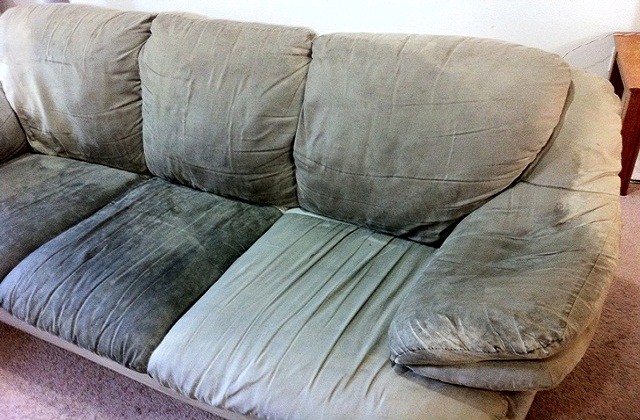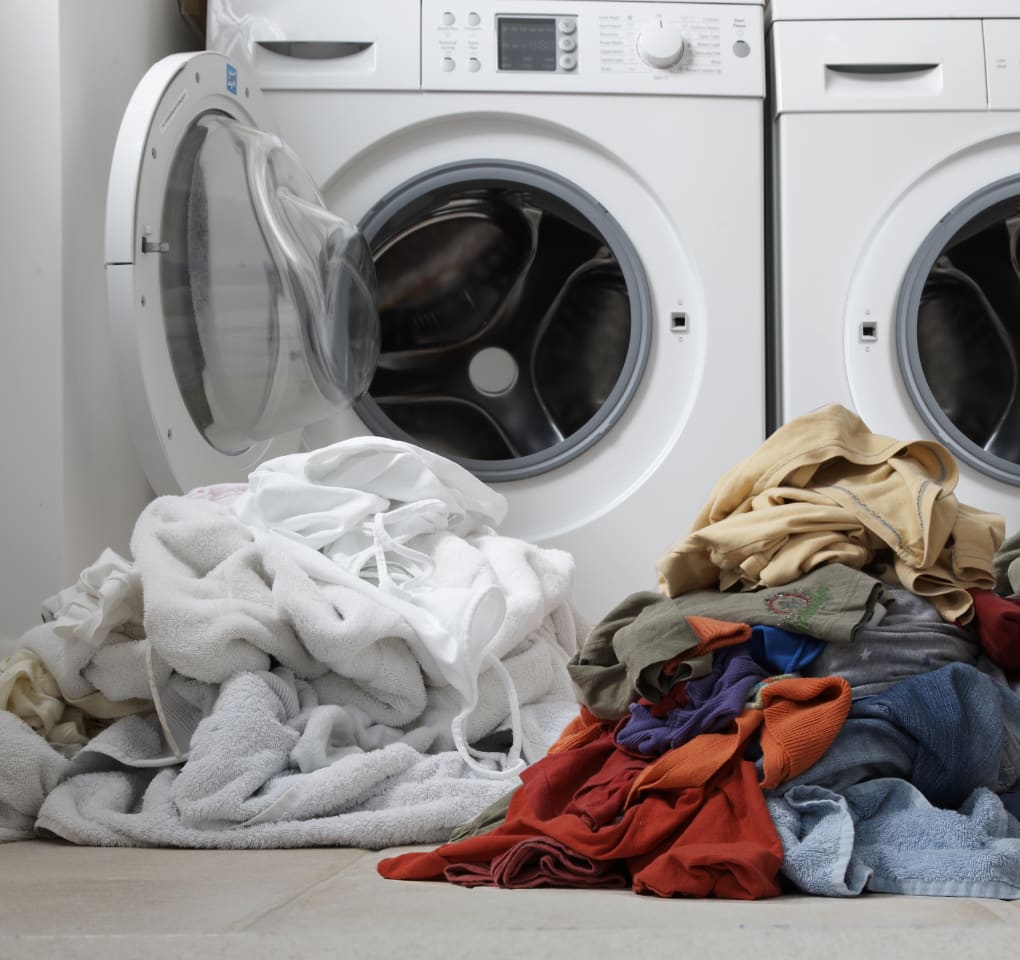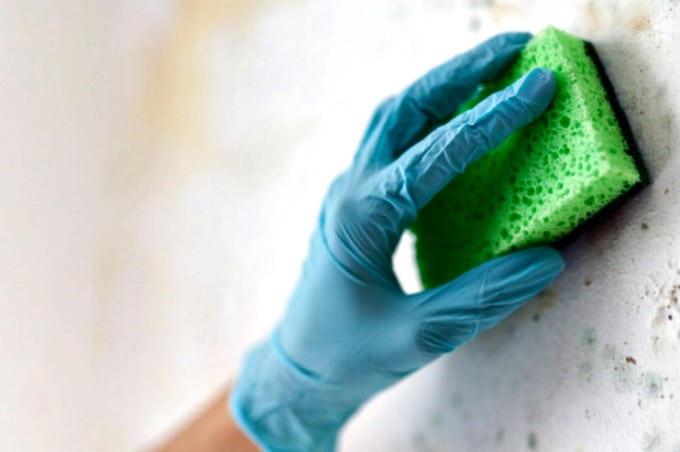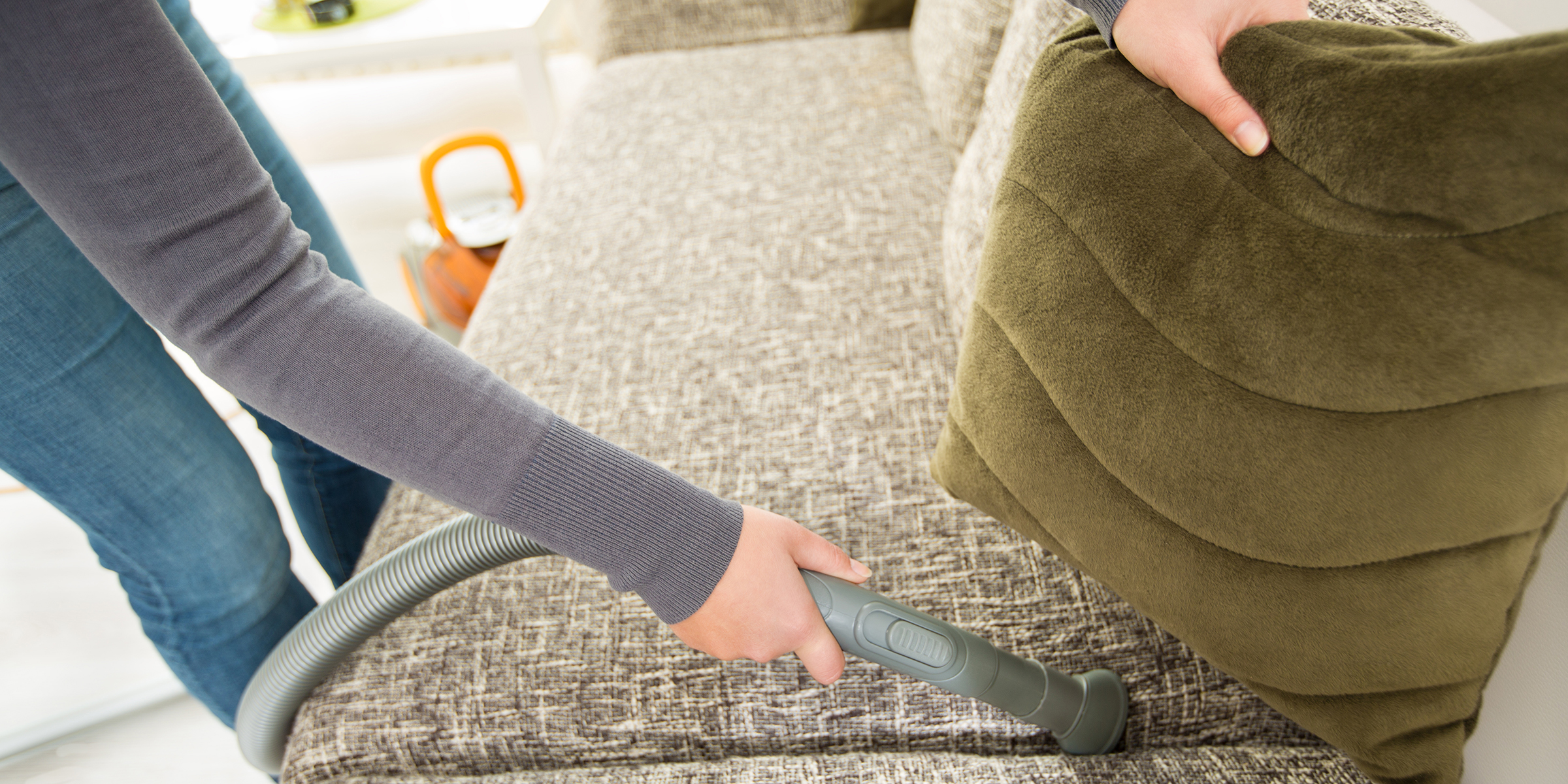One of the most common household items is a microfiber couch. These are often touted as being stain-resistant, but this isn’t always true. The fabric can still get dirty and accumulate dust over time, even if it was originally clean when you bought the couch.
In this article, we’ll go over some tips on how to clean your microfiber couch so that it stays clean and fresh-smelling. Let’s get started.
How to clean the microfiber couch?
Follow these steps below to clean a microfiber couch
1. Vacuum your microfiber couch
First things first, it is always best to vacuum your couch before you do any kind of cleaning on it because this will make the job much easier in the long run. This prevents you from getting too deep into the fibers and accidentally causing damage through excessive scrubbing or brushing.

Image Credit: http://pinterest.com
2. Use a damp cloth to wipe down the surface of the couch
If you have pets, then chances are that there are hairballs trapped inside of your couches right now, so start by removing them with your damp cloth. Microfiber is great at trapping dirt and debris, but it isn’t so great at getting rid of them on its own.
3. Mix one part vinegar with two parts water in a spray bottle and use it to clean any stains on the fabric
If you have stains that won’t come out through just vacuuming or wiping then try using some white distilled vinegar mixed with distilled water in a spray bottle. Spray down your couch, wait ten minutes for the solution to settle into the fibers of your couch, and then wipe it away with your damp cloth to get rid of any residual dirt or grime.
4. Let it dry completely before sitting on it again.
You don’t want to jump on your couch as soon as you spray it down with the vinegar solution because this can cause puddles to form. Instead, let it dry off completely before sitting on it again.
How do I prevent my microfiber couch from getting dirty?
Limit food or drink in the living room
One of the easiest ways to protect your microfiber couch from becoming dirty is by limiting what kinds of things are allowed to be kept in that area. Try not to eat there and refrain from putting drinks on surfaces other than coasters if possible. This has two benefits: one of which is that you won’t have crumbs or spills all over your couches, and the other is that since no one will be eating there, you won’t have crumbs or spills all over your couches. If you want to keep a drink close to where you sit, opt for decaf coffee instead of caffeinated beverages because caffeine is known to stain certain fabrics.
Vacuum as often as possible
In addition to cleaning up as much as possible if someone does spill something, it’s also important that you vacuum your couch regularly. For best results, use a brush attachment and make sure that it has been cleaned off first before going onto the fabric. Even without stains, using a brush helps to release any trapped particles of dirt deep within the fibers so they don’t build back up again later. Some people even go so far as to use dry shampoo on their carpets to absorb any grease or oil that might be trapped deep within the fabric.
Treat stains as soon as they happen
Sometimes accidents will happen and your couch will get a stain on it, so when this happens it is best to treat them immediately before they have too much time to set. Apply some distilled white vinegar straight onto the stain using a paper towel (make sure to use distilled vinegar because it has a much less intense smell than other kinds). Allow the vinegar to sit on the stain for about five minutes before removing it.
Use an upholstery cleaner
I know it might seem like an extra expense, but find a good spot cleaner and use it as often as possible. This is great for not only getting rid of odors but also for preventing them from occurring in the first place because you’ll maintain your microfiber more thoroughly. It’s also best to choose something that doesn’t have any harsh chemicals because this can lead to staining and discoloration over time.
Remove pet hair with a lint roller or ice cubes
One last way to help prevent messes from forming on your couch is by removing the excess pet hair before it has a chance to get stuck onto the fabric. This works especially well if you use synthetic furniture and a pet shed (for those without pets, this works well for removing lint from clothes too). To do this, just run a lint roller over your couch or grab a handful of ice cubes and rub them all over the surface. The cold temperature will help to solidify the fur so that you can then easily pick it up with a paper towel.
How do I clean a suede couch?
Suede is one of the most delicate fabrics you can own. It needs to be handled with care and it doesn’t respond well to different cleaning agents. The following are some tips for cleaning your suede couch
Take off the cushions before attempting any form of steam cleaning; this will ensure that the couch does not sustain any kind of damages as a result of this process. Be sure to test out the specific steamer before applying it to your couch. Only apply dry cleaners on stains that have already dried up.
Wipe away excess liquid using paper towels or another similar blotting material, do not rub as doing so might cause further damage to the surface of the fine fabric couch. Allow enough time to pass before you put the cushions back into place.
How do I clean kitchen countertops to keep them looking as good as new?
Speaking of cleaning, cleaning a microfiber couch or cleaning kitchen countertops are both not easy tasks. You have to be patient when it comes to this, but the good news is that there are some easy ways in which you can achieve this without too much of a problem.
Cleaning kitchen countertops, in general, will involve cleaning different types of ingredients on your countertop. For example, if you have spilled milk or juice on them then you’ll need to clean these spills with water and soap before rinsing them with clear water. If they are greasy stains then it’s best to use oil before wiping them off with a moist cloth. Allowing any food oils to dry up on the surface will only encourage further staining down the line.

Image Credit: http://askmeclean.com
Final thoughts on how to clean a microfiber couch
In conclusion, it all boils down to the surface of your microfiber couch. If you have a slight spill on a non-shedding fabric, then it is easy to clean as long as you know what material your couch is made of.
The main trick in how to clean microfiber couches is simply cleaning them regularly with a good fabric cleaner that won’t damage the fibers of the microfiber fabric. On top of this, make sure you know what type of material has been used on your furniture before getting started with any cleaning solution.
The post How to Clean a Microfiber Couch appeared first on Kitchen Infinity.
Did you miss our previous article…
https://chefbuano.com/?p=137





